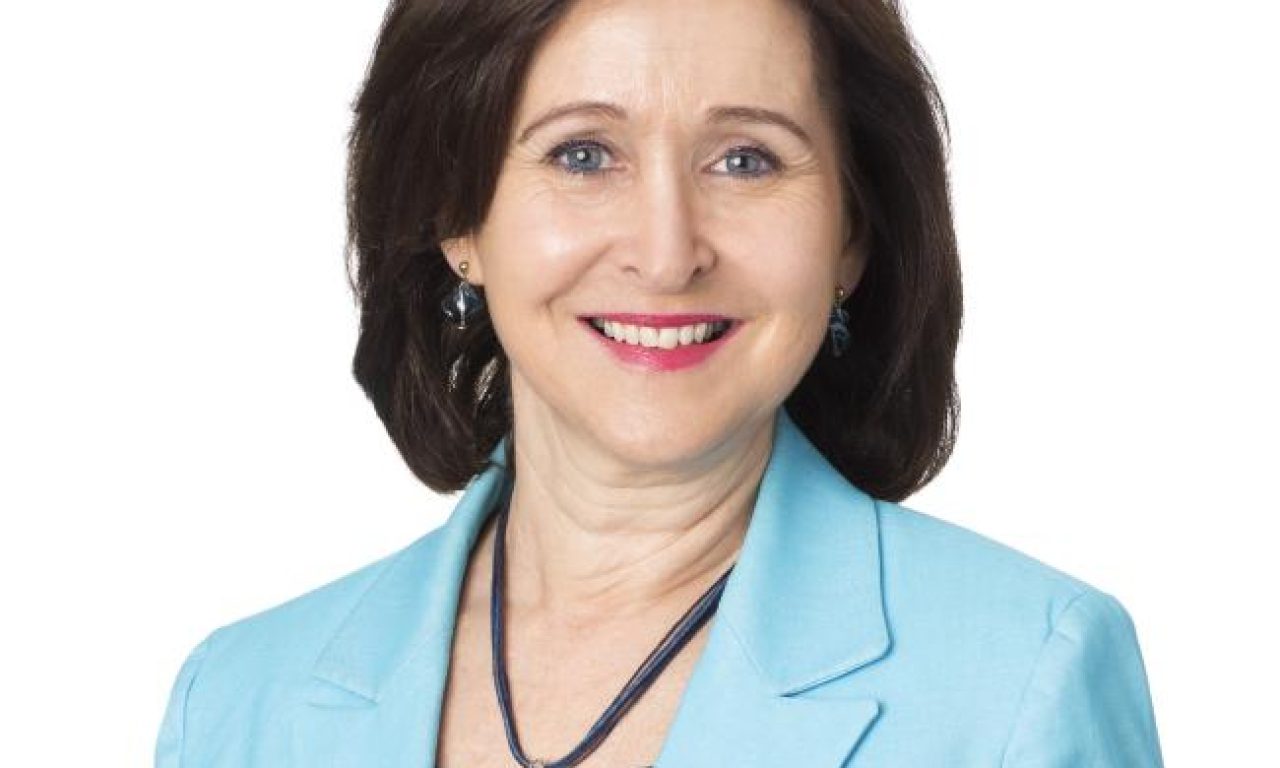The ASX 200 rose 9.3 per cent in the 2016/17 financial year. Since the global financial crisis, only 2013 and 2014 have been better years, when the index went up 17.3 per cent and 12.3 per cent respectively.
On a total return basis (including dividends as well as share price growth) the equity index rose 14.1 per cent, which was only beaten international equities.
The materials sector was the biggest contributor to market growth – up 20.6 per cent over the year.
There were also strong contributions from utilities (up 14.7 per cent), banks (up 11.9 per cent), and healthcare (up 11.8 per cent).
Investors in telco stocks were the big losers. Stocks in the sector fell an average of 27.9 per cent over the year. Listed property trusts were the other big losers – down an average of 7.3 per cent.
The market is trading on a prospective price-earnings multiple of 16 times, based on forecast 2016/17 earnings, and 15.6 times, based in 2017/18 earnings.
Macquarie Securities has forecast that the market’s average dividend yield, based on payout estimates for 2016/17 and 2017/18, is 4.5 per cent. Banks offer the best dividend prospects, with a forecast yield of 5.6 per cent for 2017/18.
Among popular asset classes, Australian equities were the second-best performers, after international equities.
Cash produced a return of only 1.8 per cent, international fixed income 0.5 per cent and Australian fixed income 0.2 per cent.
According to CommSec, a distinctive feature of local equity market returns over the past year was that volatility was at its lowest level for 16 years.
CommSec chief economist Craig James says investors need to bear in mind that Australian sharemarket returns have only fallen once in the past seven years.
While this might give rise to concerns that the market is due for a correction, CommSec is forecasting that the All Ordinaries Index will be around 5900 to 6100 points by the end of the years (it was at 5327 points at the end of June) and in the range of 6000 to 6200 in June next year.

